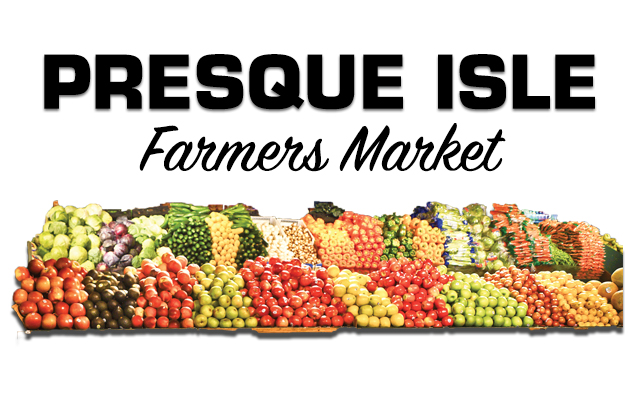Humans are born with an innate attraction to sweetness and may pursue a sugar fix their whole lives. Centuries ago in the early spring, Native Americans gashed sharp V’s in the bark of maples and collected sap dripping from the wound in birch bark pails. This was boiled to sticky goodness over an open flame.
Today, Jean Connolly, an owner/operator of the Salmon Brook Valley sugar bush and a vendor at the Presque Isle Farmers Market, explains her family’s more modern, but still very hands-on, method for extracting the sweetness from maples.
In the depths of winter, when most of us are drooling over seed catalogs or calculating our fertilizer, lime and fencing needs for the spring, Jean, her husband Roger, and three generations of Connollys are drilling and tapping trees and stringing miles of plastic tubing in a scaled-up game of Cat’s Cradle. The vacuum is tested and leaks chased down. In the sugar house, the evaporator and numerous stainless steel fixtures and fittings are cleaned and polished in preparation for the short season that lies ahead.
In late February or early March, depending on the year, Mother Nature whispers quietly to the trees, “Now.” Longer, warmer, sunny days and still frigid nights signal the flow from roots to outstretched bare branches of stately Acer saccharum standing like centurions along the ridges of the farm. Sap feeds swelling buds that will form the leaves to stretch out to the sun during the summer months, thereby feeding the tree.
As part of that cycle, the trees feed us as well; the USDA reports 4.3 million gallons in 2017, not even counting the innumerable families whose small-scale harvest satisfies personal consumption and/or gifts.
When people put that much heart and soul, much less sweat and tears, into a business, they do it because they love it. Jean marvels at the continued willingness of family members to pitch in, gathering as much sap as possible in the short span of time available. She also acknowledges a silent voice inside each tired, maple-sticky, wood-smoke-scented laborer that sighs, “Oh, thank heaven.” as the syrup turns dark when the maples get down to the business of bursting their buds for the growing season. Sap collection ends, though there is still much work to be done to pick up and clean up in preparation for the next sugaring season.
The Salmon River Valley labor force does not closely examine the question of “a better way” as this is their way. The thought does come to those of us who satisfy our inborn sweet tooth in a different fashion, however. In the next PIFM article, we will examine another local alternative.
Meanwhile, stop by the Riverside Pavilion on Saturday between 8:30 a.m. and 1 p.m. to ask Jean about the details her family’s business. In fact, treat yourself to the wares and stories from all the local vendors. See you there.
The Presque Isle Farmers’ Market president for the 2018 season is Deena Albert-Parks of Chops Ahoy Farm in Woodland. For information about participating or visiting the market, contact her at hoctrainer@aol.com.





